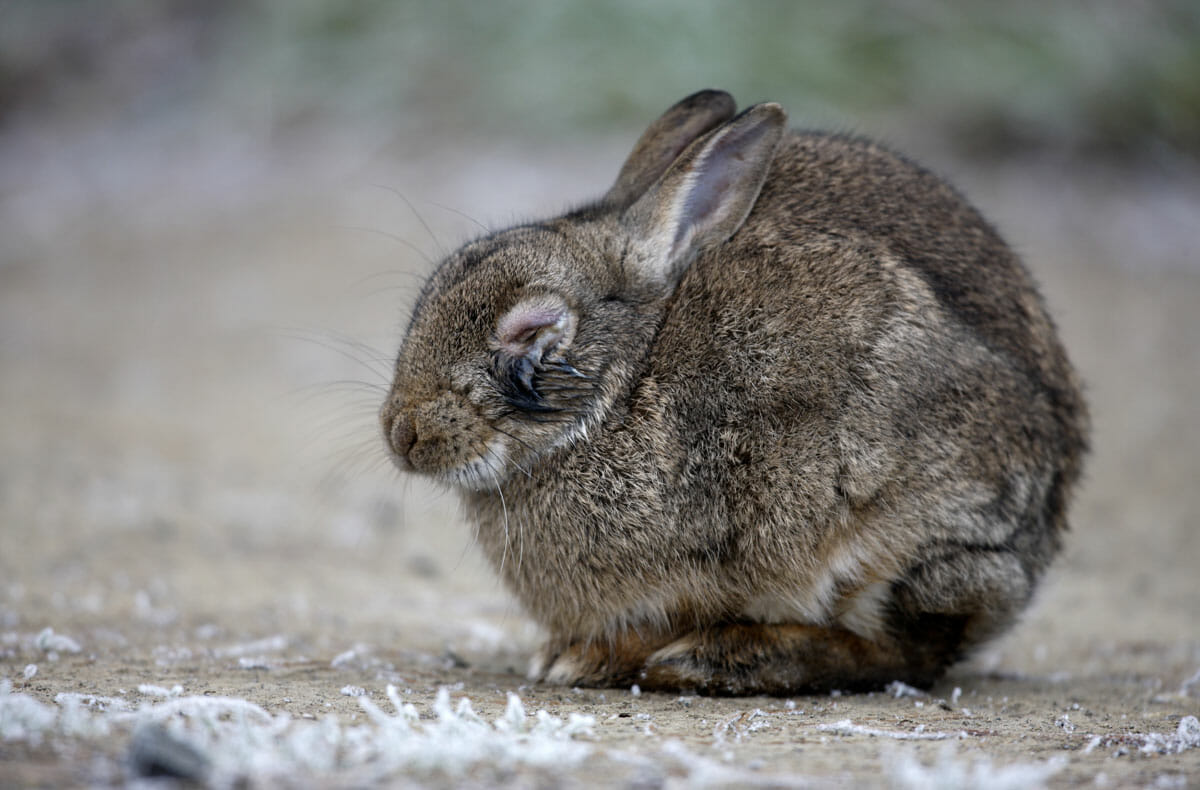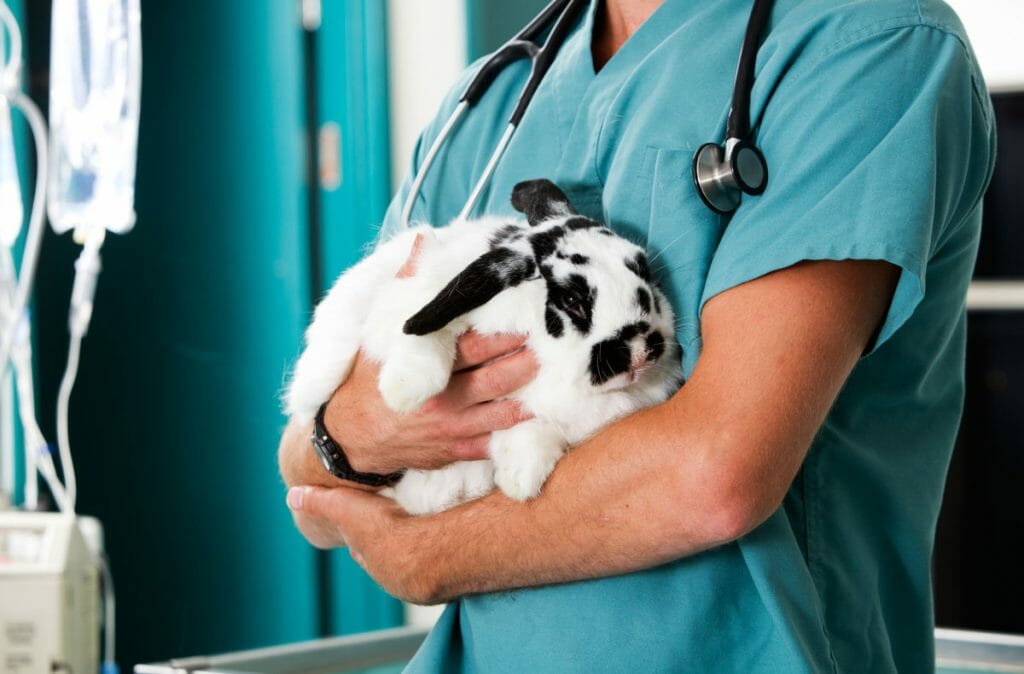Rabbits are very popular pets in homes. We love these affectionate little balls of fur that share our lives day after day for many years.
But like every living thing, rabbits have weak points that can quickly put their health at risk.
So it’s important to take the time to educate yourself on the health risks to your rabbit.
Myxomatosis is one of them, do you know what it is? I have written this article to explain to you in detail everything you need to know in order to properly protect your rabbit.
A little explanation about this disease
Myxomatosis is a viral disease that strongly affects rabbits, so it’s important to understand what it is. This disease appeared in France around 1950. Its viral form quickly made it dangerous but also very resistant, especially because of the hematophagous flies, certain mosquitoes, ticks and fleas that help to carry it. The virus develops favorably in humid environments and resists about two years outdoors, which makes it all the more difficult to fight.
This viral disease is therefore very dangerous for rabbits, whether they are domestic or wild. They are much more fragile than hares and this makes them vulnerable to this type of virus. This fragility very often leads to the death of the rabbit after two weeks or even 48 hours if the form of the virus is virulent. However, it is not transmissible to other animals or humans, this allows to limit the damage in case of contamination in your home.
Since the virus is favorable to wetlands, it is not widespread in rural areas, but mosquitoes bring myxomatosis even to domestic rabbits living in apartments, so you must remain vigilant!
What are the symptoms?
Myxomatosis can occur in two different forms after an incubation period of 8 to 10 days. However, be aware that it can take up to 3 weeks before the first symptoms appear!
From there, you can see two forms of myxomatosis.
- Let’s start with the acute form which is the most common. It is strongly present in the summer and fall. Your rabbit will have a high temperature and lose his appetite. He will therefore look tired and down very quickly. Then you will see eye symptoms such as eyelid inflammation and signs of conjunctivitis. In addition to all this, there will be nodules in the eyes, ears and nose. Sometimes you may see swelling in different areas of your rabbit’s body, such as the genitals and extremities. But sometimes you can only see small nodules that regress very quickly after a few weeks.
- The second form is the chronic one because it occurs at any time of the year. Your rabbit will have the symptoms of a coryza with a strong inflammation in the eyelids and an appearance of small nodules.
We therefore strongly advise you to keep a close eye on your rabbit and be even more attentive if it seems to be down overnight. The virus may have appeared!
The spreading of this virus
As stated above, myxomatosis is a virus that is transmitted very quickly and remains quite resistant as it can last two years outdoors. This form of disease can therefore be transmitted directly or indirectly by having different vectors such as:
-
- Insects or if your rabbit lives with other animals carrying fleas or ticks (cats and dogs )
- You live near a rabbit farm
- He has access to the outdoors
- You live in an area where mosquitoes are prevalent
- You live in a wet area or next to a river or body of water
Therefore, you need to pay attention to your rabbit and ensure effective prevention to protect him effectively. There are natural solutions (lemongrass, lemon balm, geranium, basil, lavender etc…) to repel mosquitoes and put up mosquito nets during the high mosquito season to limit the risks!
How to protect your rabbit
If your rabbit has myxomatosis, there are no treatment to cure it. You will have to hope that his body is strong enough to heal and that the virus is not too resistant. However, antibiotics can help limit secondary infection to help your rabbit.
However, there is an effective solution to consider before your little ball of fur contracts the disease. He needs to be vaccinated against myxomatosis! The vaccine called Nobivac Myxo-rhd combines myxomatosis and hemorrhagic disease, and is given in a single injection that will need to be repeated 12 months later. Vaccines help to reduce mortality and fight the symptoms of the disease more effectively. It is obvious that a vaccination must be done on a rabbit that is in good health because the vaccine will necessarily weaken the immune system of your rabbit for a few days. You must also take into account the post-vaccination period during which the vaccine does not protect your pet. For Nobivac, this is a three-week period, so be careful! Your veterinarian will tell you how to protect your pet rabbit effectively.
Also, don’t forget to pay attention to prevention by fighting fleas and mosquitoes throughout the year for example. Your little friend will be very grateful!
Translated from French by Margaux

 Food
Food Essentials
Essentials Toys
Toys Accessories
Accessories Goodies
Goodies

